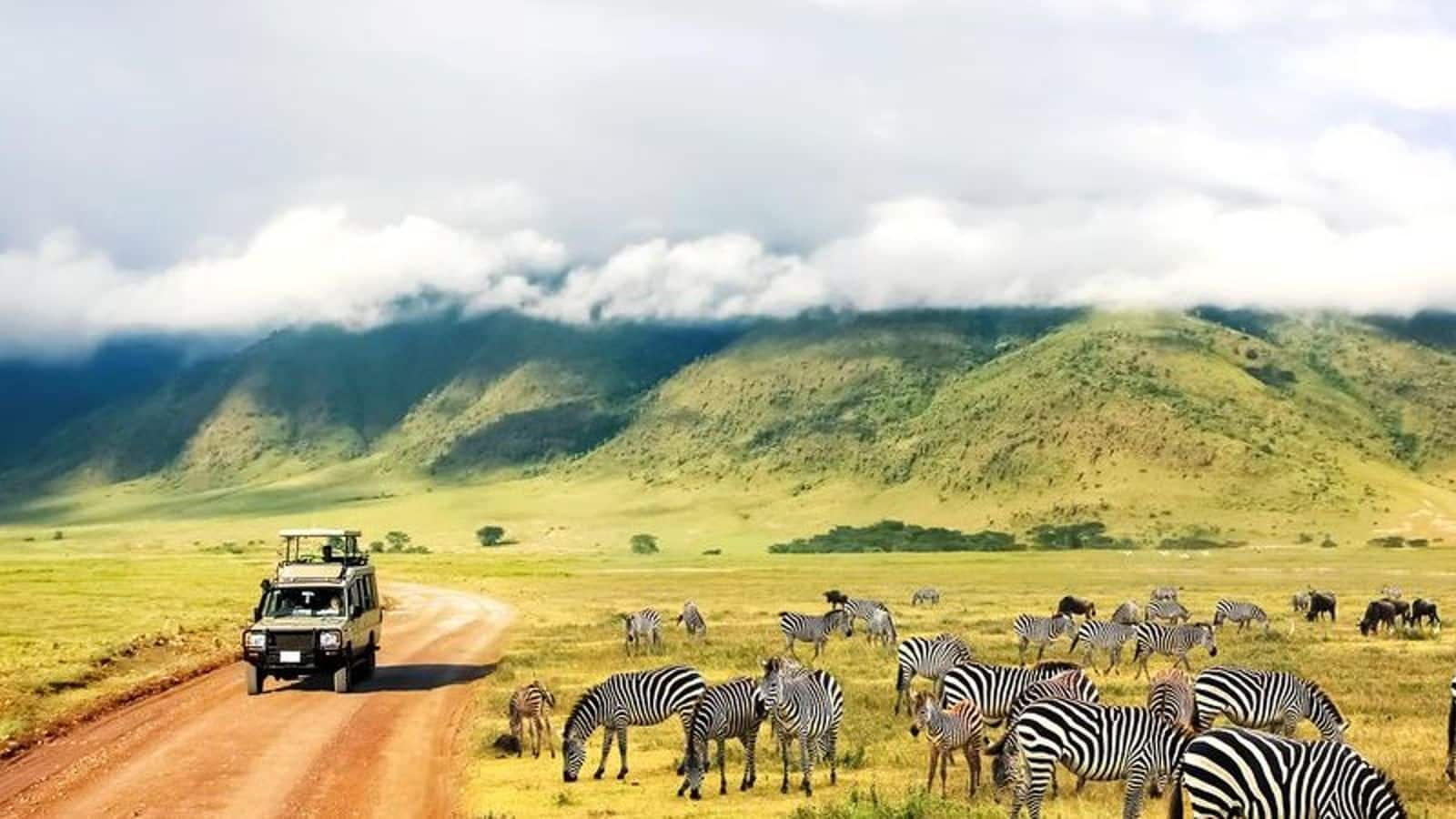
Serengeti safari: Activities to witness the best of Tanzania's wildlife
What's the story
The Serengeti in Tanzania is a vast ecosystem known for its annual migration of over two million wildebeest, zebras, and gazelles. This natural wonder offers an unparalleled view of wildlife in its natural habitat, making it a must-visit for nature lovers and adventure seekers. The park's diverse landscapes range from grassy plains to riverine forests, providing a home to an impressive array of animals.
Migration
Witness the great migration
The Serengeti's Great Migration is a breathtaking event, with millions of wildebeest, zebras and gazelles traversing the plains for water and fresh pastures. This annual spectacle peaks from July to September during their Mara River crossing. Visitors can book guided four-by-four tours for an up-close view of this incredible journey, offering unparalleled glimpses into the heart of nature's grand spectacle.
Balloon safari
Hot air balloon safari
For a different perspective on the Serengeti's vastness and wildlife, consider a hot air balloon safari at dawn. Floating silently above the plains offers a bird's-eye view of the awakening wildlife and breathtaking landscapes as the sun rises. It's an unforgettable experience that ends with a traditional bush breakfast. Advance booking is essential due to limited availability.
Culture
Explore Maasai culture
The Serengeti is not just about wildlife; it's also home to the Maasai people who have lived in harmony with nature for centuries. Visiting a Maasai village provides insight into their traditional way of life, including their homes known as 'manyattas,' dances, crafts, and their role as custodians of these lands. It's an enriching experience that adds depth to your safari adventure.
Conservation
Conservation efforts tour
Understanding the importance of conservation efforts is essential for every visitor to truly appreciate the delicate balance between tourism and the preservation of natural habitats. Many camps and organizations in the Serengeti offer educational tours. These tours explain their crucial work in anti-poaching, habitat restoration, and community support projects. They not only educate visitors but also demonstrate how tourism can positively impact conservation efforts.